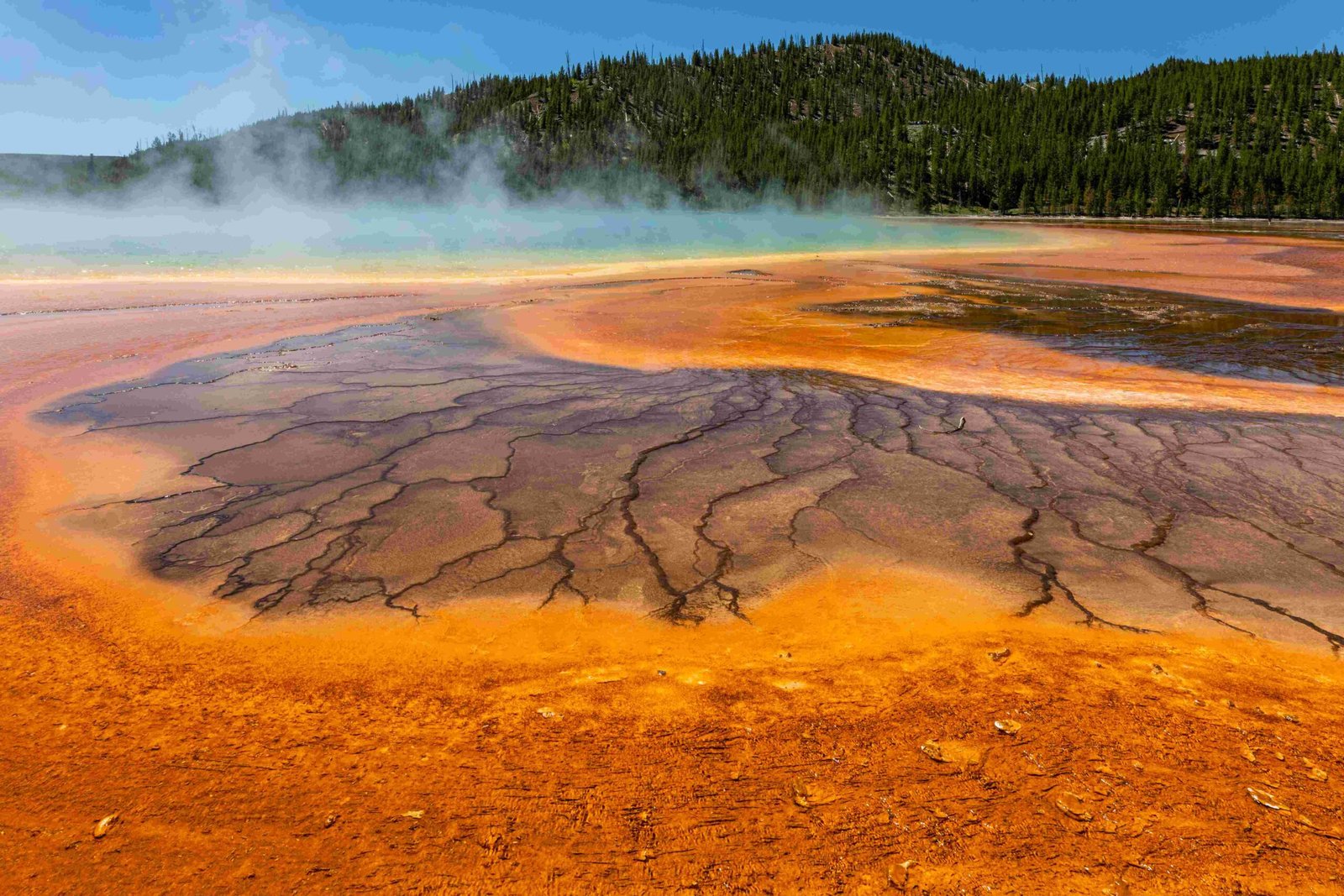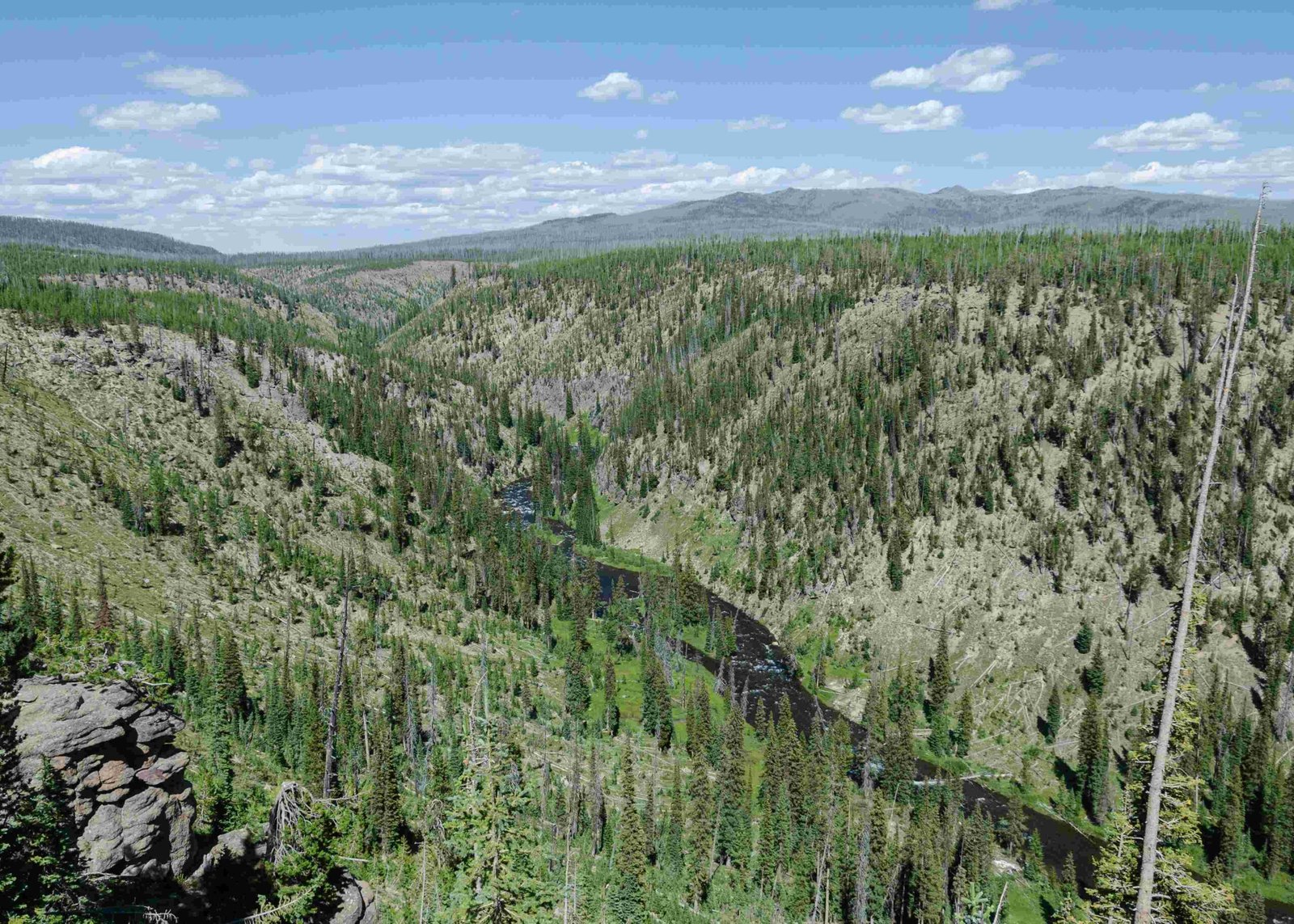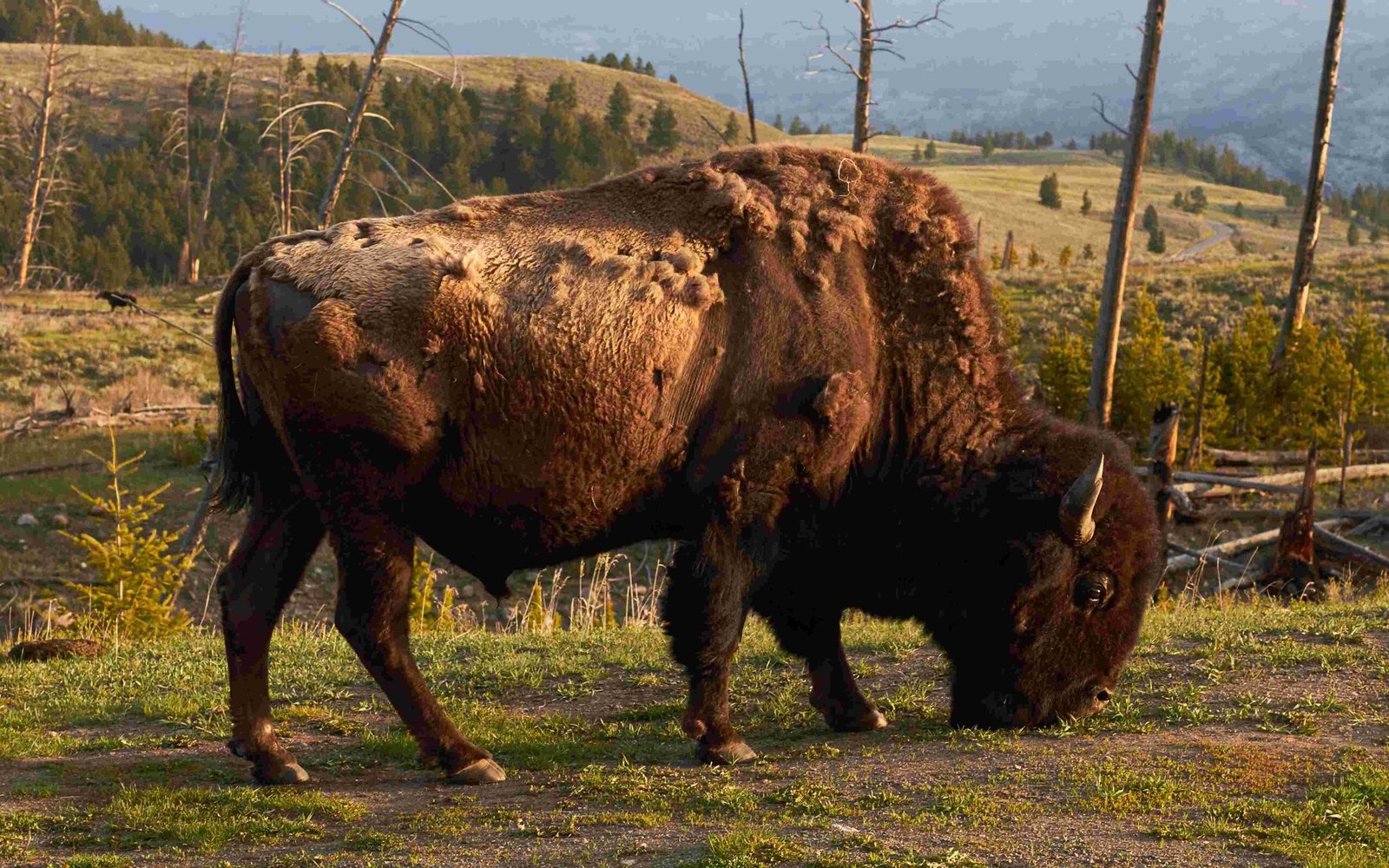Yellowstone National Park walk up sites offer a unique opportunity for spontaneous adventurers to experience the park’s natural wonders. These first-come, first-served campsites provide flexibility for those who prefer not to make advance reservations. While availability can be limited, especially during peak seasons, walk up sites allow visitors to immerse themselves in Yellowstone’s breathtaking landscapes and diverse ecosystems with minimal planning.
What Are the Availability Statistics for Yellowstone National Park Walk Up Sites?

Understanding the availability of walk up sites in Yellowstone National Park is crucial for planning your visit. Here’s a breakdown of key statistics:
- Mammoth Campground: The only year-round campground offering walk up sites from October 15 to April 1.
- Peak Season: May through September, with July being the busiest month.
- Occupancy Rates: While specific rates aren’t provided, campsites are often fully booked during peak seasons.
- Backcountry Permits: Required for backcountry camping and must be obtained in person.
Seasonal Availability Table
| Season | Availability | Competition |
|---|---|---|
| Summer (Peak) | Very Limited | High |
| Fall | Moderate | Moderate |
| Winter | Limited (Mammoth only) | Low |
| Spring | Moderate | Moderate |
Where Are the Best Walk Up Sites Located in Yellowstone?

Yellowstone National Park offers several options for walk up camping, each with its own unique features and amenities:
- Mammoth Campground
- Year-round availability (first-come, first-served from October 15 to April 1)
- Amenities: Flush toilets, potable water, picnic tables
-
Proximity to Mammoth Hot Springs
-
Bridge Bay Campground
- Limited walk up sites (subject to cancellations)
- Near Yellowstone Lake
-
Amenities: Flush toilets, laundry facilities
-
Grant Campground
- Occasional walk up availability
- Close to West Thumb Geyser Basin
-
Amenities: Showers, laundry facilities
-
Canyon Campground
- Potential walk up sites (based on no-shows)
- Near the Grand Canyon of the Yellowstone River
- Amenities: Flush toilets, showers
What Tips Can Help Secure a Walk Up Camping Reservation?
Securing a walk up site in Yellowstone requires strategy and preparation. Here are essential tips to increase your chances:
- Arrive Early: Aim to reach the campground by 7:00 AM or earlier, especially during peak season.
- Have a Backup Plan: Research alternative campgrounds outside the park in case Yellowstone sites are full.
- Check Multiple Campgrounds: If one campground is full, quickly move to the next closest option.
- Midweek Arrival: Try to arrive on weekdays when competition may be less intense.
- Off-Season Visits: Consider visiting during shoulder seasons for better availability.
Necessary Gear Checklist
- [ ] Tent and sleeping bags
- [ ] Bear-resistant food containers
- [ ] Portable stove and fuel
- [ ] Water filtration system
- [ ] First aid kit
- [ ] Map and compass
- [ ] Weather-appropriate clothing
How Much Do Yellowstone National Park Walk Up Sites Cost?
Understanding the costs associated with walk up camping in Yellowstone is essential for budget planning:
- Nightly Fees: Range from $20 to $40, depending on amenities
- Backcountry Permits: $3 per person per night for backcountry camping
- Park Entrance Fees: Not included in camping fees (separate purchase required)
Additional Cost Considerations
- Firewood: Available for purchase at most campgrounds
- Ice: Sold at general stores near campgrounds
- Showers: Some campgrounds offer coin-operated showers
- Laundry: Available at select locations for an additional fee
What Are the Challenges of Using Walk Up Sites in Yellowstone?
While walk up sites offer flexibility, they come with unique challenges:
- Uncertainty: No guarantee of securing a site, especially during peak season
- Limited Amenities: Some walk up sites may have fewer facilities compared to reserved sites
- Weather Variability: Be prepared for sudden changes in weather conditions
- Wildlife Encounters: Proper food storage and wildlife awareness are crucial
- Accessibility: Backcountry sites may require strenuous hikes to reach
Tips for Overcoming Challenges
- Flexibility: Be willing to adjust your plans if your preferred site is unavailable
- Early Planning: Research campground locations and amenities in advance
- Weather Preparedness: Pack layers and rain gear regardless of the forecast
- Wildlife Safety: Attend ranger-led programs on wildlife safety if available
- Physical Preparation: Train for hikes if planning to access backcountry sites
How Does Backcountry Camping Differ from Walk Up Sites?
Backcountry camping in Yellowstone offers a more remote experience compared to traditional walk up sites:
- Permit Requirements: Backcountry permits must be obtained in person at a Backcountry Office
- Advanced Planning: Permits can be reserved up to 2 days before the trip start date
- Self-Sufficiency: Campers must carry all necessary supplies and practice Leave No Trace principles
- Limited Facilities: Most backcountry sites have pit toilets but no other amenities
- Bear Management: Strict food storage regulations are enforced in bear country
Backcountry vs. Walk Up Site Comparison
| Feature | Backcountry Sites | Walk Up Sites |
|---|---|---|
| Accessibility | Requires hiking | Vehicle accessible |
| Amenities | Minimal to none | Basic to moderate |
| Permit Process | In-person at Backcountry Office | First-come, first-served |
| Crowd Levels | Low | Moderate to high |
| Wildlife Encounters | More likely | Less frequent |
By understanding the nuances of Yellowstone National Park walk up sites, visitors can better prepare for their camping adventure in one of America’s most iconic national parks. Whether opting for a more accessible walk up site or venturing into the backcountry, proper planning and flexibility are key to a successful Yellowstone camping experience.
References:
1. https://www.nps.gov/yell/planyourvisit/campgrounds.htm
2. https://www.yellowstone.org/yellowstone-camping-faq/
3. https://www.nps.gov/yell/planyourvisit/backcountryhiking.htm

